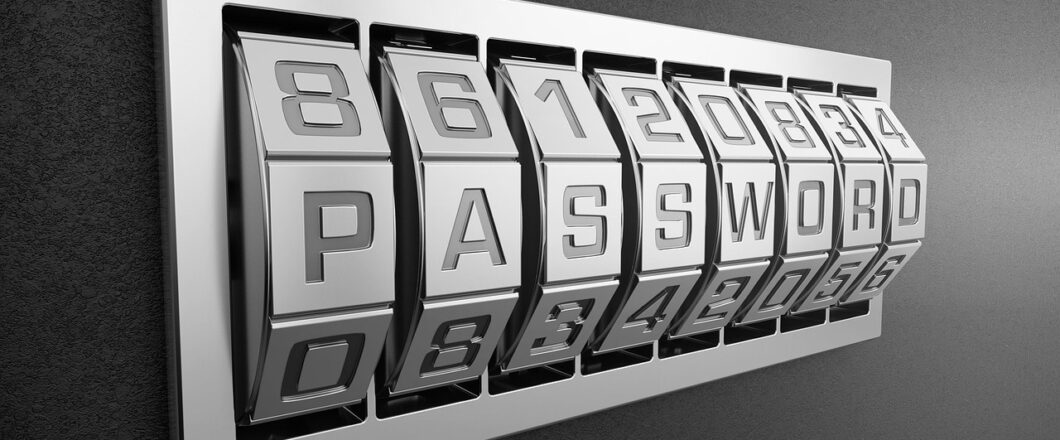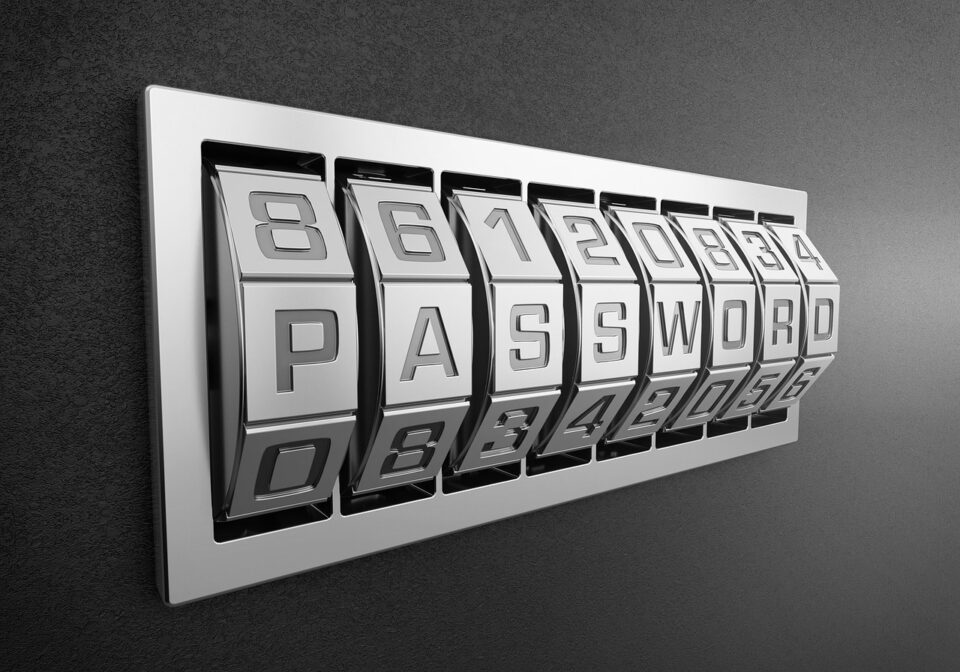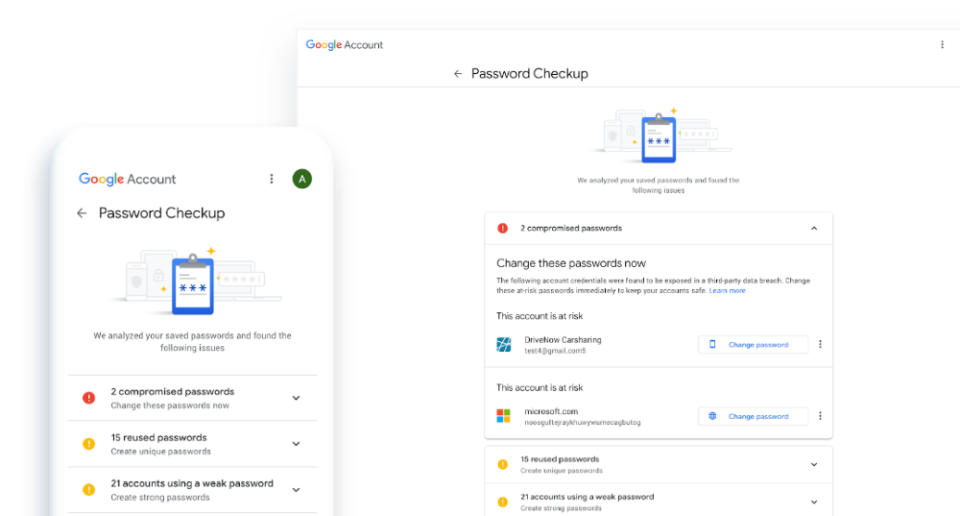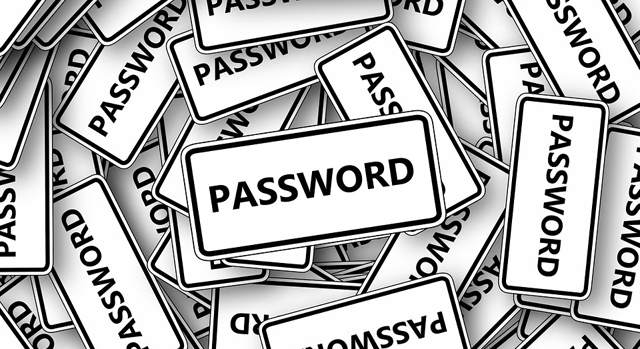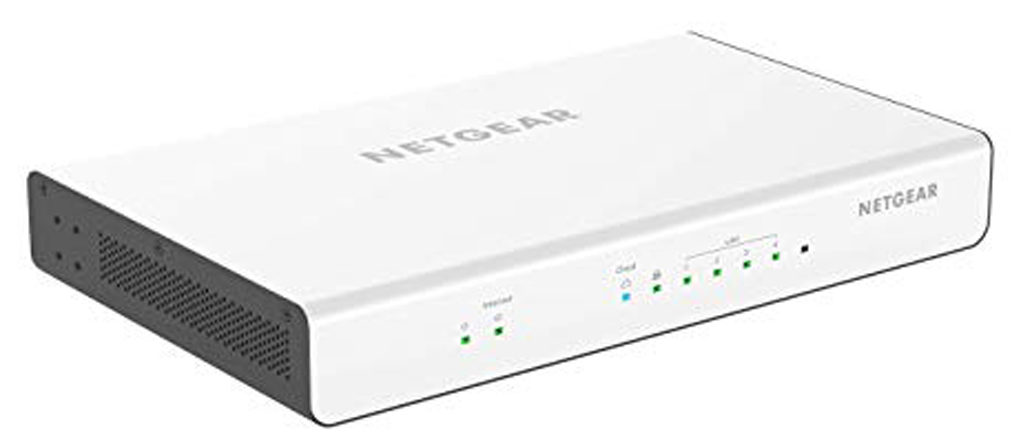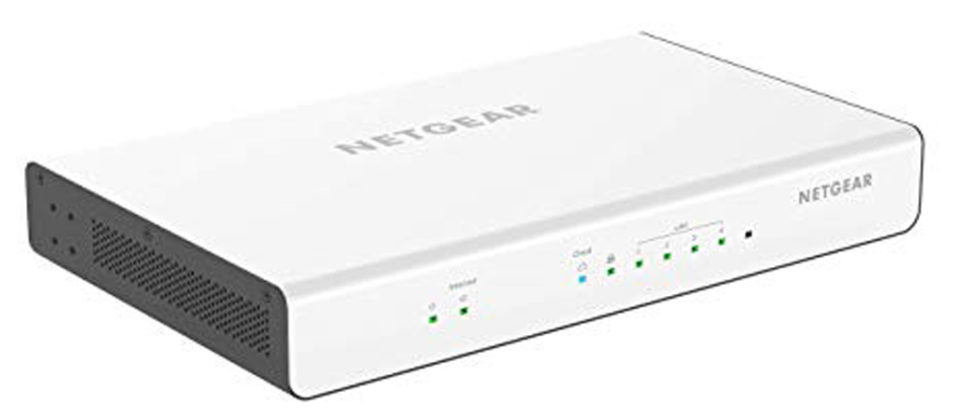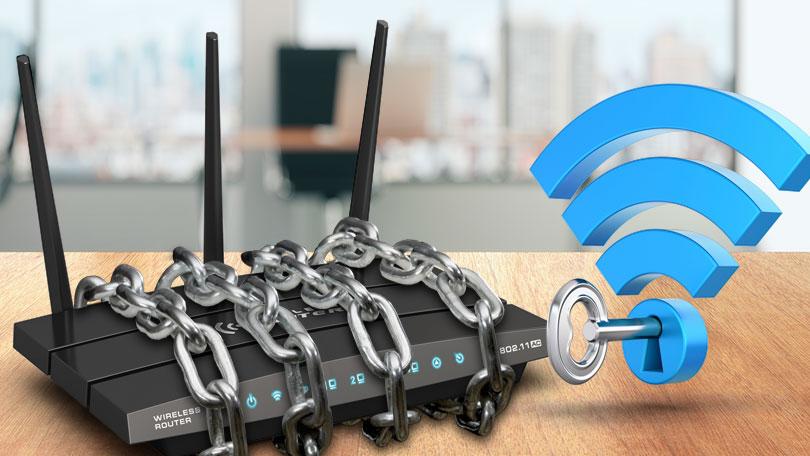

Web hosting is an integral part of how the modern internet works, but what happens when a provider finds themselves the victim of a hack?
GoDaddy is one of the most popular web hosting providers in the world with an estimated customer base of over 20 million users. Through GoDaddy it’s possible to use their Managed WordPress service to build and host WordPress websites. And, with around 64 million websites currently being powered by WordPress, it’s clear to see why GoDaddy has focused on this platform. Online popularity, however, will always put you in the targets of hackers. A recent breach of GoDaddy’s Managed WordPress service has demonstrated this by hitting 1.2 million of their customers.
How Did GoDaddy Get Hacked?
GoDaddy’s Managed WordPress environment contains huge amounts of data. Not only is there access to the source code for hosted websites, but customer’s personal data is also stored there e.g. email addresses, login credentials and site security certificates. These are data sources which have the potential to cause widespread digital devastation. Email addresses can be used to power phishing campaigns, login credentials give hackers the ability to hijack websites and manipulating security certificates can result in malware being downloaded to unsuspecting victims. But how exactly did one of the world’s most powerful web hosting providers get hacked?
The attack appears to have started in early September 2021 and stemmed from a password becoming compromised. The password in question allowed a third party to gain unauthorized access to GoDaddy’s Managed WordPress system. From here, the hackers were able to harvest the previously mentioned data. Unfortunately, for GoDaddy’s customers, it appears that the passwords being stored for Secure File Transfer Protocol were not encrypted and were available in plaintext. Naturally, this made it much easier for hackers to harvest even more data more quickly. And, worst of all, the attack was not picked up for over two months.

Preventing Similar Breaches in the Future
After discovering the hack, due to suspicious activity being detected on their servers, GoDaddy have moved swiftly to limit the damage. All affected login credentials have been reset and GoDaddy are currently issuing new site security certificates. However, the nature of this breach is a damning indictment of GoDaddy’s security measures. Passwords should be secure. The best ways to prevent such breaches taking place are:
- Strong Passwords: A strong password is one that is judged difficult to guess. The best way to achieve this is by using a mixture of uppercase characters, lowercase characters, numerical characters and symbols. Mixing these different elements together minimizes the odds of a hacker guessing lucky. Additionally, don’t go for obvious password choices such as your name or your date of birth.
- Regularly Change Your Passwords: Another sure-fire way to prevent your password being compromised is by changing it regularly. An ever-changing password makes it much harder for hackers to take advantage of leaked login credentials, so make sure your employees are prompted to change their passwords every month.
- Don’t Write Your Passwords Down: One of the most common ways for a password to be stolen is by having it written down. This increases the risk of it being stolen compared to a password which you have memorized or stored within a secure password managed app.
For more ways to secure and optimize your business technology, contact your local IT professionals.
Read More



